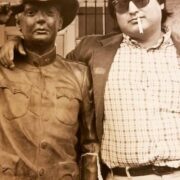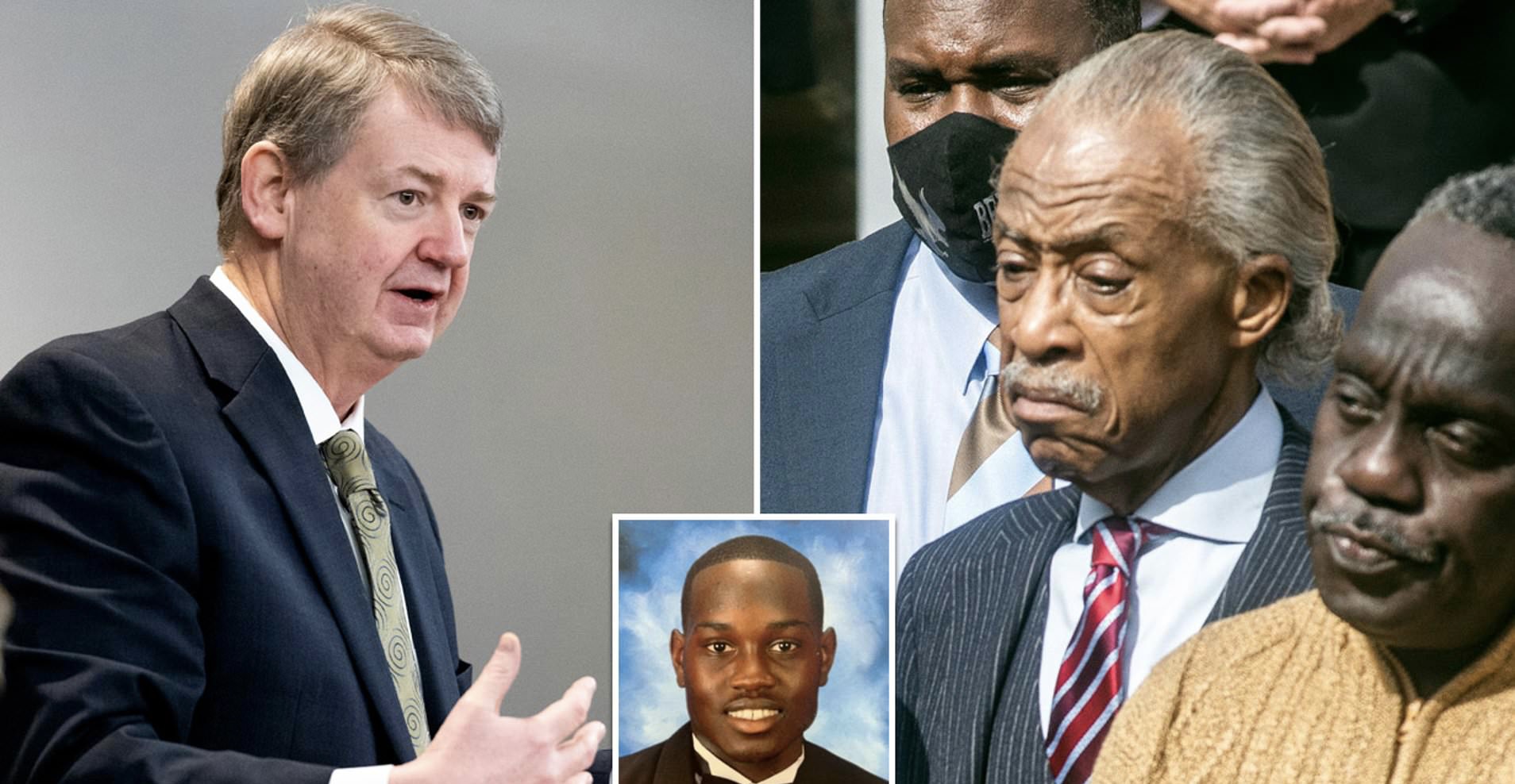
ABOUT THIS SERIES
The Oklahoma Eagle’s “Of Greenwood” series is part of our 2nd Century Campaign, which commemorates the hundredth anniversary of this African American newspaper. This series is made possible through our partnership with Liberty Mutual Insurance.
By Gary Lee, The Oklahoma Eagle
Photography by Basil Childers
It did not take more than a few minutes into a conversation for Donna Ross to break into song. She was sharing stories about her years as a student at Walt Whitman Elementary School on North Lansing Avenue.
That was in the late 1970s, an era of rising Black Pride across Tulsa, and the teachers were committed to giving kids at the mostly Black school the best lessons for success in life.
“I couldn’t wait to walk into that school every day,” Ross recalled. “Everything about the experience – the teaching, the respect for learning, brought me joy.”
Her euphoric memories of those years inspired Ross to do her rendition of her alma mater’s song. “Whitman Hornets,” she sang, “you will see all the best that there can be.”
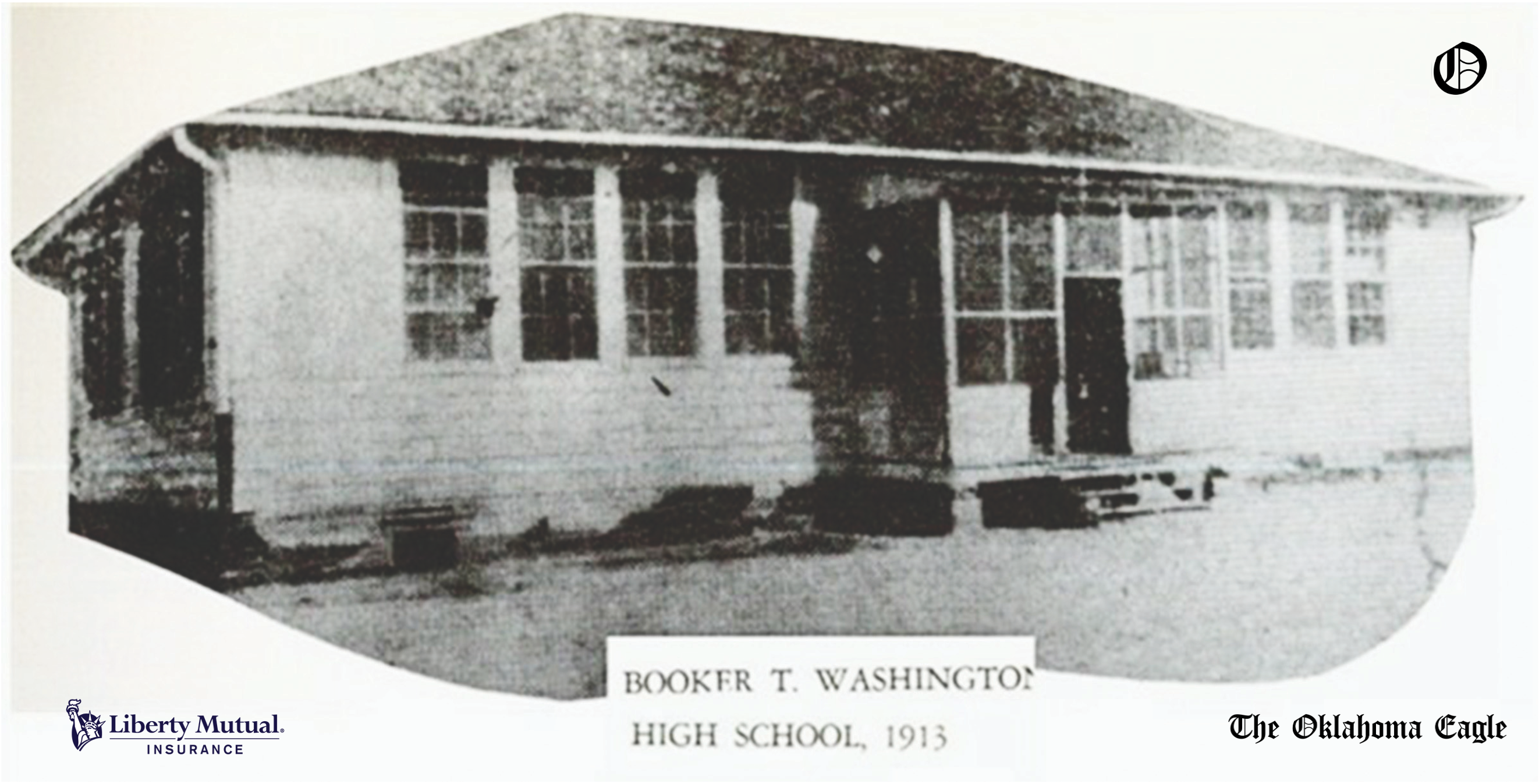
More than four decades later, Ross, now 51 and a veteran Tulsa Public Schools (TPS) teacher, devotes her professional life to bringing the same superlative level of schooling that she received at Whitman to a new generation of young Tulsans. During nearly a quarter-century leading classrooms across Tulsa – at Alcott and Hawthorne elementary schools, and other institutions – she has found her sweet spot as a fourth-grade teacher at McKinley Elementary School.
After 24 years in Tulsa classrooms, Ross has honed to a fine point the skills she feels to give her students to prepare them for the challenges of higher education – and life. Her secret sauce starts with building relationships with each kid in her class.
“From there, you can help guide them each in their way,” she said. “I’m not the teacher who’s going to tell kids to turn to page 220 and start reading. I think to teach kids, you have to reach them on a personal, emotional level. And you have to make some serious noise.”
Ross says she gets all the thanks she needs for her work every time she runs into one of her students around Tulsa and who has gone on to take solid jobs and lead strong families. But last Spring, TPS presented Ross with the ultimate validation for her commitment and contributions by naming her 2021 Teacher of the Year. She was chosen from a talent pool of a dozen of other teachers to become one of only a handful of Northside teachers who have received the top honor.
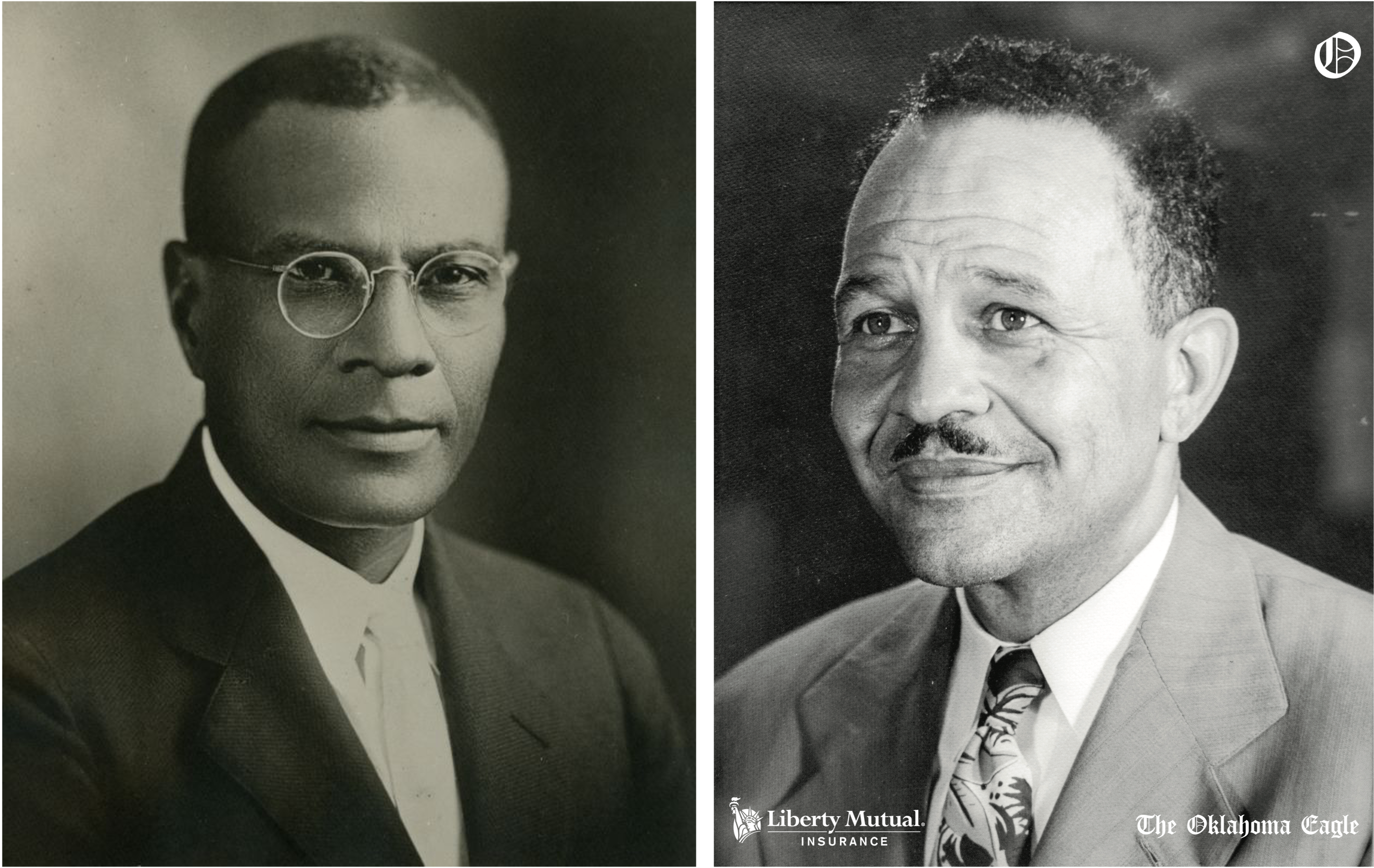
Education roots older than statehood
In her job as a molder of young minds, Ross is part of a storied tradition of Black community devotion to public education in Tulsa that dates back 120 years.
Since Blacks first created the Historic Greenwood District in the early 1900s, community leaders put a heavy accent on schooling. One early patron was Jake Dillard, a Black businessman credited with starting Tulsa’s first school for Blacks in 1905 in a small church at Archer Street and Kenosha Court. He named it after the poet and author Paul Lawrence Dunbar, the famous Black bard of the era.
A few years later, Ellis Walker Woods came onto the scene. The 27-year-old Mississippi native was destined to become a transformational educator In North Tulsa.
In 1911, Woods reportedly saw a flyer advertising teaching jobs in Tulsa. The city’s Black community, centered around the Greenwood, was growing fast and badly needed educators. According to legend, Woods made the 412-mile walk from Memphis, where he was living, to Sapulpa.
By 1913, the school board hired him as principal of Dunbar. Soon after, the board constructed a small four-room high school on Easton Street and Elgin Avenue and named Woods principal.
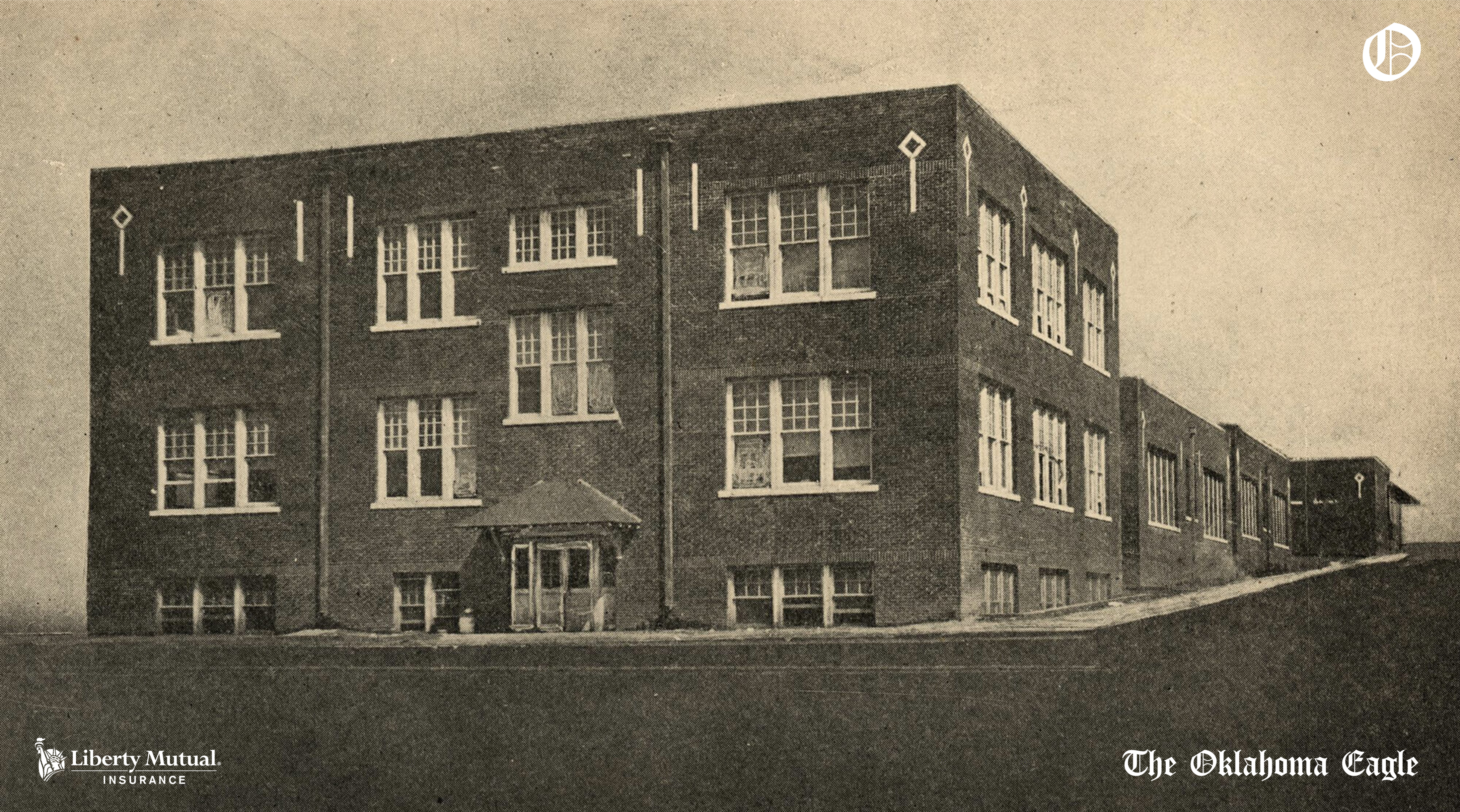

Booker T.’s roots
Located on North Hartford Avenue, it had a newly-built 18-room brick main schoolhouse designed for 241 lower grade students and a two-room frame building for seven high school students. The board’s name for the new school – the Separate School for Coloreds – did not fly with North Tulsans. The community renamed it after Black leader Booker Taliaferro Washington Jr., who had visited Oklahoma in 1905 as part of the National Negro Business League.
Woods’s ascendance turned out to be one of the most significant moves in the history of North Tulsa schools. He remained at the helm at Booker T – as the school was nicknamed – for 35 years. He guided the education of thousands of Black Tulsan students and hundreds of teachers.
As president of the Oklahoma Association of Negro Teachers, Wood’s influence reached far beyond Booker T’s walls. One of the most critical missions he took on was advocating for Black graduates of Tulsa schools to return to Northside classrooms as teachers, educators, and mentors.
And how Black Tulsans heeded the call!
From 1915 to 1951, 56 graduates of Booker T returned to the system as teachers or administrators, by the account of Julius Pegues, Northside schools advocate, and 1953 Booker T. graduate and who became the first African American basketball player at the University of Pittsburg.
Last year, inspired by the Toni Morrison Society’s Bench by the Road Project, Pegues engaged the John Hope Franklin Center in erecting a plaque and bench erected to the memory of the early contingency of Northside students turned educators. The memorial is located on Greenwood, at the original Booker T. Washington High School – currently the campus of Oklahoma State University, Tulsa.
As the Black population rose and new schools opened (including an elementary school next door to Booker T named after Woods.), Northsiders continued to heed the call to educate Tulsa’s Black kids and youth. To a man or woman, whether they went to Booker T., Central, McClain high schools, or elsewhere, they referred to inspiring teachers or transformative events during their schooling as reasons they opted for careers as Tulsa teachers or administrators.
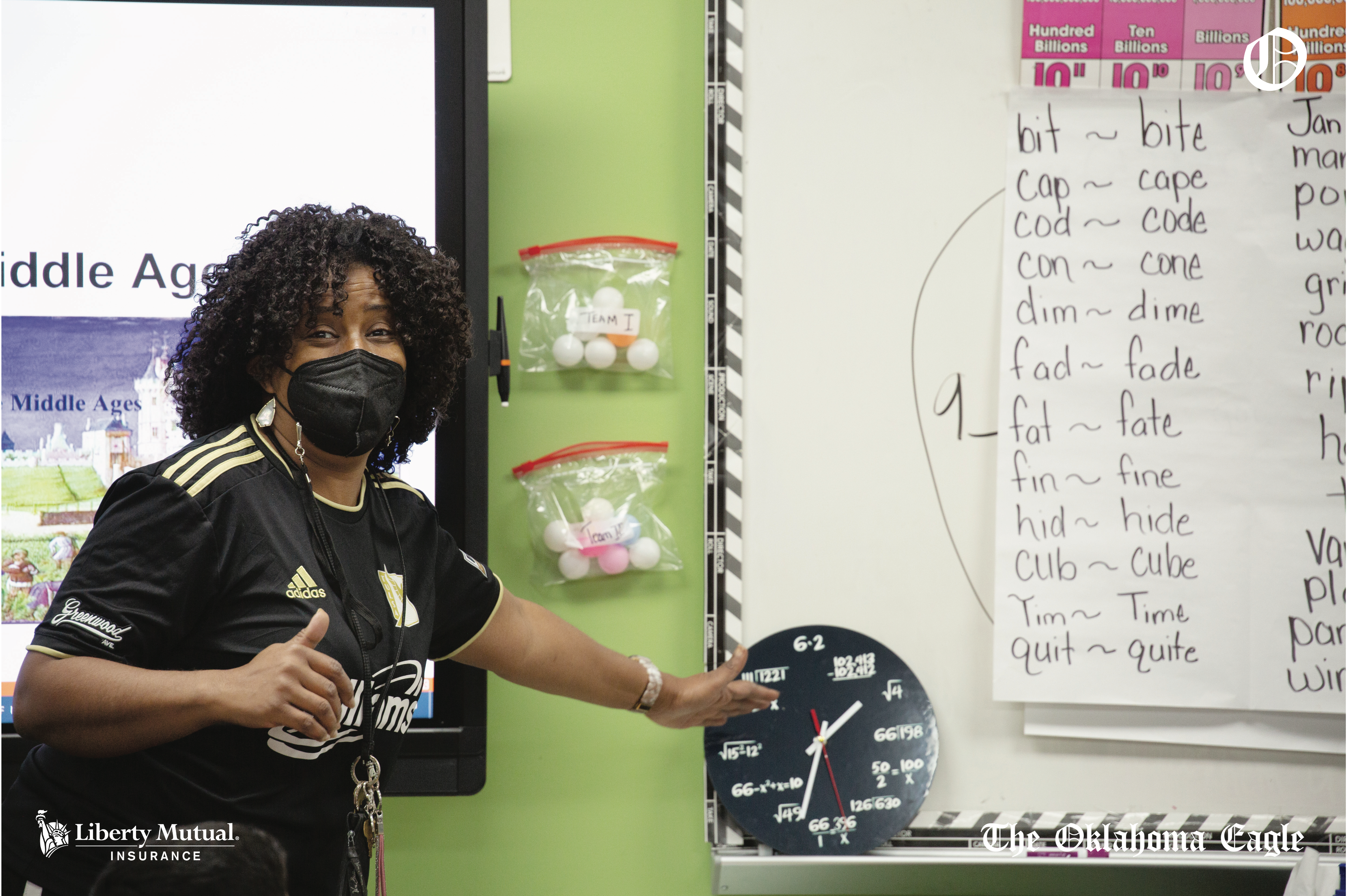
‘Failure was not an option’
LaVerne Wimberly’s inspiration to become an educator started when she was a kid in the 1940s and 1950s. She attended Dunbar Elementary, Carver Middle, and graduated from Booker T. in 1956. Wimberly, 81, gushes when she recalls her experiences in those all-Black schools.
“The education I had was second to none,” she said in an interview. “Teachers were committed to every child. Failure was not an option.”
The push for young Black Tulsans to read and write well went beyond school walls. Wimberly explained that North Tulsans took to heart the importance of engaging the whole village in educating and raising children.
In her childhood years, the principals of Dunbar Elementary, Carver and Anderson Junior High schools, and Booker T, all lived on the same street as her family’s home on East Marshall Place.
“It made a big difference that you would see your teachers at the store, the doctor’s office, and at church,” she said. “They were our neighbors, our close-up role models.”
With that remarkable concentration of role models, how could Wimberly resist becoming an educator?
She would go on to a 35-year career as a TPS teacher and administrator, including stints as a principal at Carver, acting principal at Central, and a deputy superintendent for TPS.
“I did everything in Tulsa schools except drive the bus,” she said.
Inspiring students to teach
Donna Ross’s attraction to schooling came 30 years later. In 1977, her father, Don Ross – the former reporter, columnist and vice president for The Oklahoma Eagle who would become a North Tulsa civic and political leader –moved his family from Gary, Indiana, to Tulsa, his hometown.
At seven, Ross enrolled at Whitman, where she quickly fell under the spell of Yolanda Mitchell. A writing teacher, Mitchell was an ‘old school’ teacher who felt a duty to educate the whole child.
“I learned everything, from her,” Ross said, “from how to manage life to Edgar Allan Poe. Her influence has stayed with me all my life.”
The two have remained close friends and talk regularly.
It was a generation later, in the late 1990s, that Tiffany Bennett discovered her love of education as an elementary school kid at Emerson Elementary School. Like Ross, she was captivated by the nurturing approach of her teachers. They were so impactful that their guidance still keeps in touch with many of them.
Her mother, Dianne, also worked at Emerson, further sealing her bond to the school.
After college, Bennett later became a preschool teacher at Hawthorne Elementary and a guidance counselor at East Central High. An unsatisfactory counseling experience at Booker T., where she graduated in 2010, led Bennett to become a counselor.
“I feel as if I did not get the guidance I needed,” she said. “So, I want to give it to others.”
The sentiment to fill a void also inspired Bennett, now 29, to team up with fellow TPS administrator Courtni McGilbra to create the Facebook page, “Tulsa Black Educators.”
“We get a lot of strength from sharing our experiences with other Black Teachers and educators,” said McGilbra, an early childhood program coordinator at TPS.
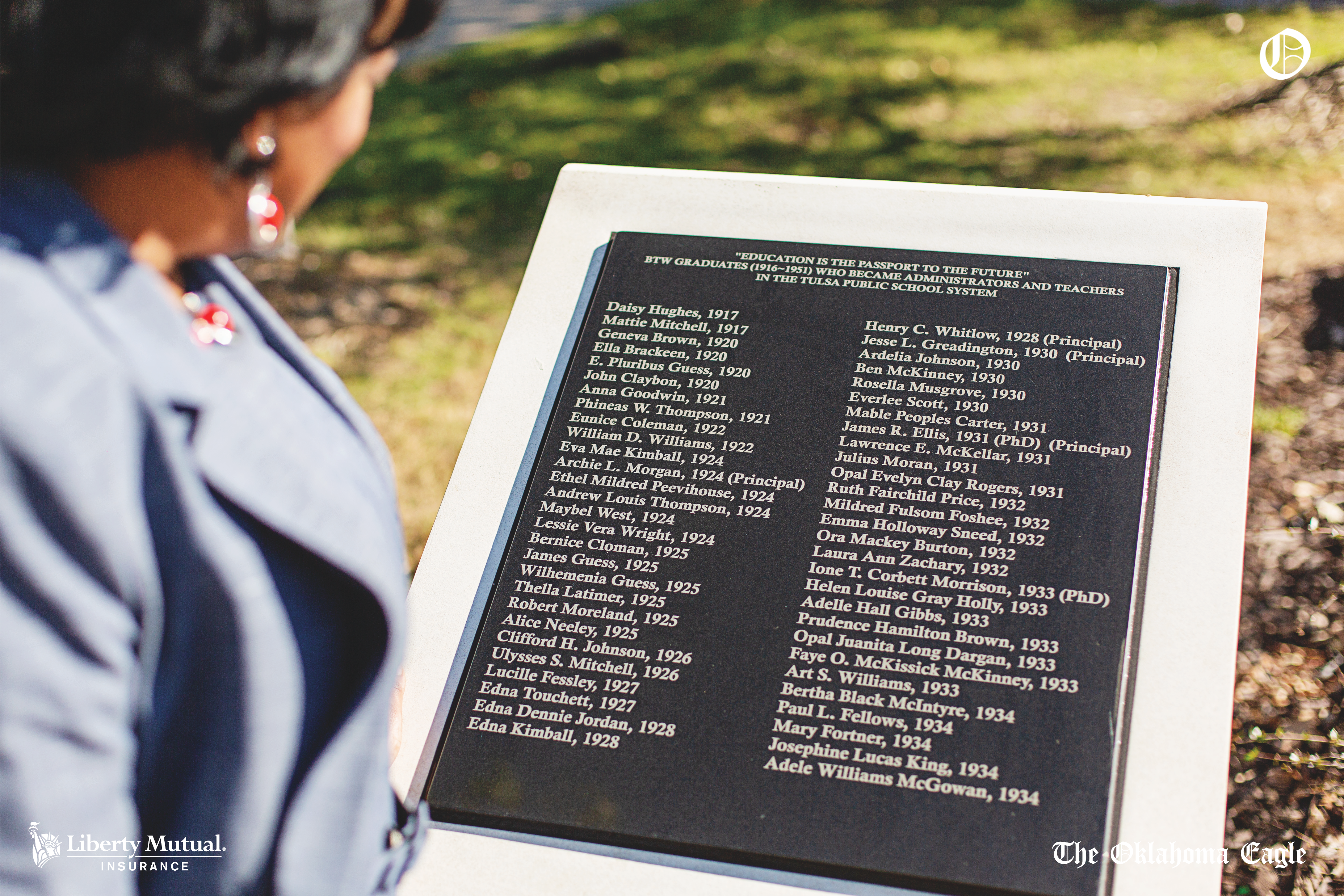
‘Each-one-teach-one’
These and a legion of other Northside teachers were intent that their students know the classic books, gain math skills and get a grounding in all the other basics. The “each-one-teach-one” mantra – that became a rallying cry in Black schools across the U.S., particularly during Jim Crow and segregation – seemed to resonate with greater urgency in Tulsa.
Teachers often went much further than delivering lessons in math, English, and science. They were about teaching a love for learning.
In Wimberly’s view, there were two reasons Tulsa’s teachers were so adamant about pushing Black students towards educational achievement. For one, the legacy of Greenwood’s Black Wall Street extended to schooling.
“The success of that era told us that we could succeed in any circumstances as long as we had the education,” Wimberly said.
The other reason was the lingering shadow of the horrific 1921 Tulsa Race Massacre.
“That gave us the drive that we needed to do as much as we could to protect ourselves,” she added.
Almost any Black who was educated in pre-integration Northside schools can recall a teacher who recognized talent and cultivated it, often inspiring them into careers.
For Lamar Burks, that inspiration came from Ruth Price, a junior high school speech and English teacher at Marian Anderson Junior High. She pulled 13-year-old Burk aside and told him he had a gift for public speaking.
He objected, citing shyness and stage fright.
“No,” she told him, “You will be a speaker. You have that calling.”
Whenever she saw a chance, Price would invite Burks to the podium. Reluctant at first, he eventually cottoned on to the role of impresario. It would lead him to a career as a teacher, coach, public speaker and sports enthusiast.
Burks, 65, is now retired.
Rebecca Marks Jimerson’s mentor was Elizabeth Enochs, a speech and debate teacher at Booker T.
Enochs “nurtured, encouraged and coached me,” Jimerson recalled. “She lifted me and turned me towards Shakespeare,” she added.
Enochs nurtured Jimerson after the passing of her mother. She encouraged Jimerson to enter a national public speaking competition in Seattle, Washington. With her performance, Jimerson took eleventh place nationally. The event pirouetted the 1978 BTW graduate into a career in writing and public relations.
As a 12-year-old in Juanita Lewis’s journalism class at Marion Anderson, I remember learning the importance of answering the five “Ws” – what, when, where, why and who – early in a news story.
The lesson has stayed with me during a career that has included eight years as a staff writer at Time Magazine and over two decades as a correspondent for the Washington Post.
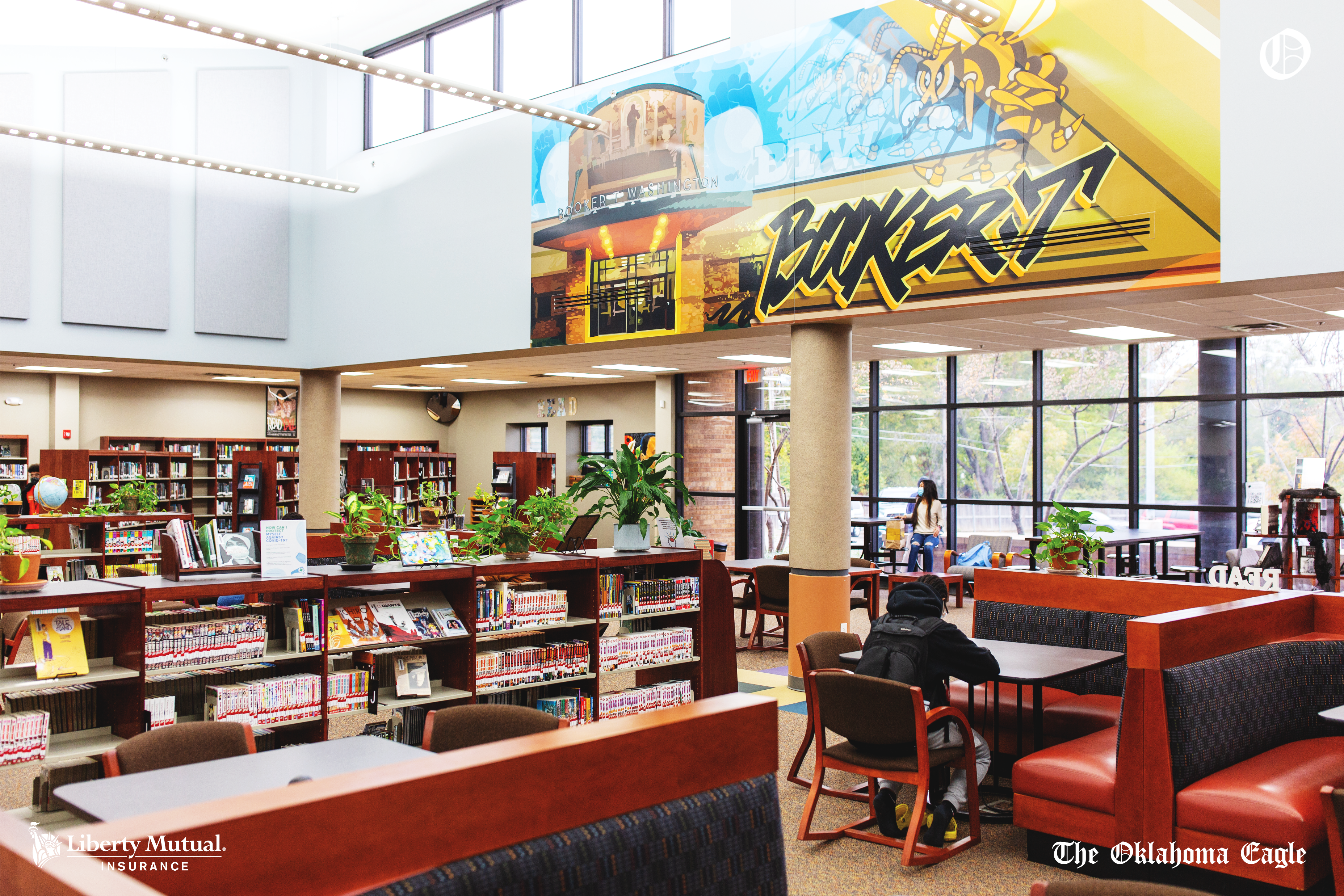
The Booker T. effect
Between the 1940s and mid-1970s, the Black population of Tulsa County doubled from around 18,500 to nearly 40,000. The number and footprint of Black schools also began to sprawl.
Clustered initially around the heart of North Tulsa, the circle of primarily Black Schools widened to include Gilcrease Elementary School near Turley and Roosevelt Junior High in Maplewood neighborhood.
Tulsa school officials – unmoved by the landmark 1954 U.S. Supreme Court Brown v. Board of Education of Topeka case ordering public school desegregation, or the dramatic integration events that followed in Little Rock, Arkansas, and throughout the South – kept Tulsa Schools mainly segregated through the 1960s.
Only in the early 1970s, after intensive legal wrangling, did school authorities begin introducing widescale integration programs.
“The resistance was passive,” said James O. Goodwin Sr., a longtime attorney and civic leader, publisher of the Oklahoma Eagle and whose family has three-generations of ownership of businesses in the Historic Greenwood District. It was a lawsuit that Goodwin filed, in conjunction with the Tulsa chapter of the NAACP, that pushed integration forward to desegregate Tulsa Public Schools nearly 20 years after the landmark federal decision.
Enforcement of the new rules resulted in drama. The Tulsa Public School board first sought to close Northside schools, including the wildly popular Carver Junior High. Following protests by Black parents and students, the schools remained open. Still, the norm was for Black kids to be bussed from North Tulsa to schools as far as 15 miles away.
And yet, for more than a century, through the demolition of such iconic schools as Dunbar and the transformation or closing of others, the epicenter of learning in North Tulsa has held steadfast in one institution: Booker T.
Since its original opening on Greenwood in 1913, the high school has moved and undergone various physical and sociological transformations. It moved from the Greenwood in 1950 to its current location on East Zion Street in 1950. Until recently, its vital role in the academic life of North Tulsa has never faltered.
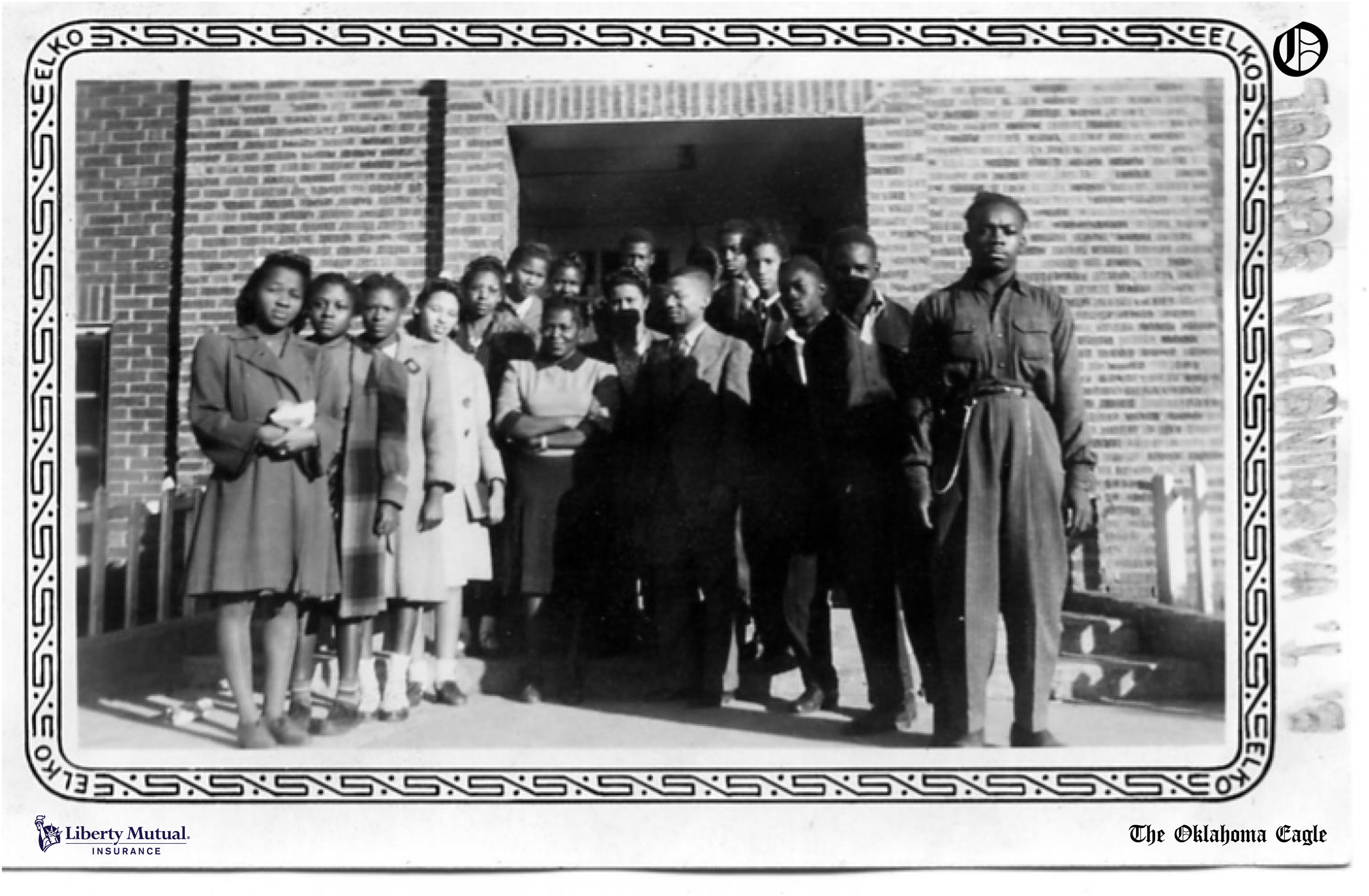
The Hive’s legacy
Buoyed first by the leadership of Woods – and later that of Henry C. Whitlow Jr. and other principals and teachers – Booker T. has played a monumental role in the academic life of North Tulsa. As a segregated institution, its leadership motivated Black students to gain the highest possible distinctions in scholastics and sports for its first six decades. The bar for achieving excellence was set exceptionally high in English, math and sciences.
And did the students deliver!
In its heyday, Booker T consistently produced more national merit scholars than any other Tulsa high school. In the class of 1962, there were 12.
BTW’s achievement in sports is almost the stuff of myths. Its football and basketball teams have won 53 state championships. Many former Booker T. athletes – such as basketball star and Olympian Wayman Tisdale; NBA players Etan Thomas and Ryan Humphrey; three-time Olympic wrestler Kenny Monday; and pro football players Aaron Kevin, J.W and, Tyler Lockett; R.W. McQuarters, Robert Meachem and Felix Jones.
But BTW, athletes were never allowed to rest on the laurels of their prowess on the playing fields. Art Williams, the head football and basketball coach during the 1950s and 1960s insisted that his players maintain a higher than passing grade point average.
BTW graduates include a long list of nationally known Black luminaries. Historian John Hope Franklin, musicians Ronnie and Charlie Wilson (founders of the GAP band), and sports consultant Guy Troupe, a former NFL executive and NCAA administrator.
As impressive as the BTW’s star graduates are the hundreds of professionals, community leaders, and other stalwarts in the North Tulsa community it has produced.
The school did not come by legendary status quickly. While a bachelor’s degree was standard for most Tulsa school teachers, at Booker T., a higher level of education was often expected.
During the 1960s, a third of the teachers had master’s degrees. “More important than the degrees they had was the fact that they were particularly skilled at inspiring and educating young Blacks,” Pegues said.
The push to desegregate schools was particularly tough on Booker T.
By 1971, while the student body was still all Black, nearly half the faculty was white. Many of the white teachers were openly resentful at being required to teach there. By the early 1980s, the school had 45 percent Black and 45 percent white students. The rest were from other backgrounds.
Just when the racial tensions seemed most dire, a team of Black and white teachers and administrators came together to rescue it. They included Principal Whitlow, counselors Nancy MacDonald, H.D. Greene, Barbara Coleman, and music teacher Elmer Davis Jr.
One teacher who played a key behind-the-scenes role was Janice Bayou. Invited to join the faculty as a music and band teacher in 1974, she was initially daunted. Of Middle East descent, Bayou was unsure how to navigate in a school steeped in Black culture.
But she said she quickly pulled up her sleeves and went to work.
“My mission was to build an acclaimed music program that was different from other schools,” she said. “And so, I taught my students jazz, Broadway, classical, swing dance and tap. As I taught, I was also guided by my students. We reached towards each other and met in the middle.”
In more recent years, Booker T. has gained increasing popularity among white Tulsans. In 2004, Newsweek magazine cited it as one of the top 100 high schools in the U.S. But the commitment to educate Black Tulsans has faltered. This year, its enrollment was over 60 percent white and only 28 percent.
BTW graduates have protested that the school has abandoned its legacy. “This record is a disaster,” said Pegues.
“Someone has to rescue our school,” said Rebecca Marks Jimerson.
Challenges and solutions
Tulsa’s past and current Black educators cite a long list of issues with the education of Black children in Tulsa. Wimberly points to restrictions in teaching rules that make it challenging for teachers to educate the whole child.
For Courtni McGilbra, the Tulsa Black Educators Facebook page co-administrator, the lack of engagement among Black parents in their kids’ schooling is one of the biggest problems. Bennett thinks that the scant training that many teachers and administrators have about Black culture and history, particularly in the city’s majority white and Hispanic schools, inhibits progress. They all agree that the lingering effects of a poorly executed integration continue to cause issues.
And yet, the allegiance of each of them to imparting knowledge to Tulsa’s youth is unwavering.
“My school kids are my life,” Donna Ross said. “I can’t think of anywhere I’d rather be than in the classroom.”








